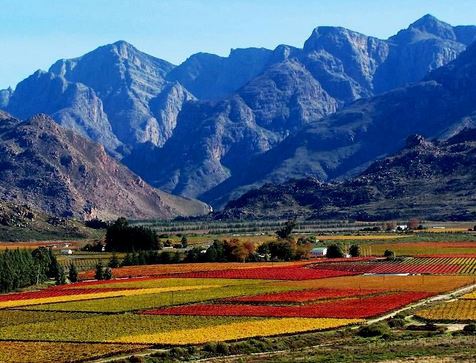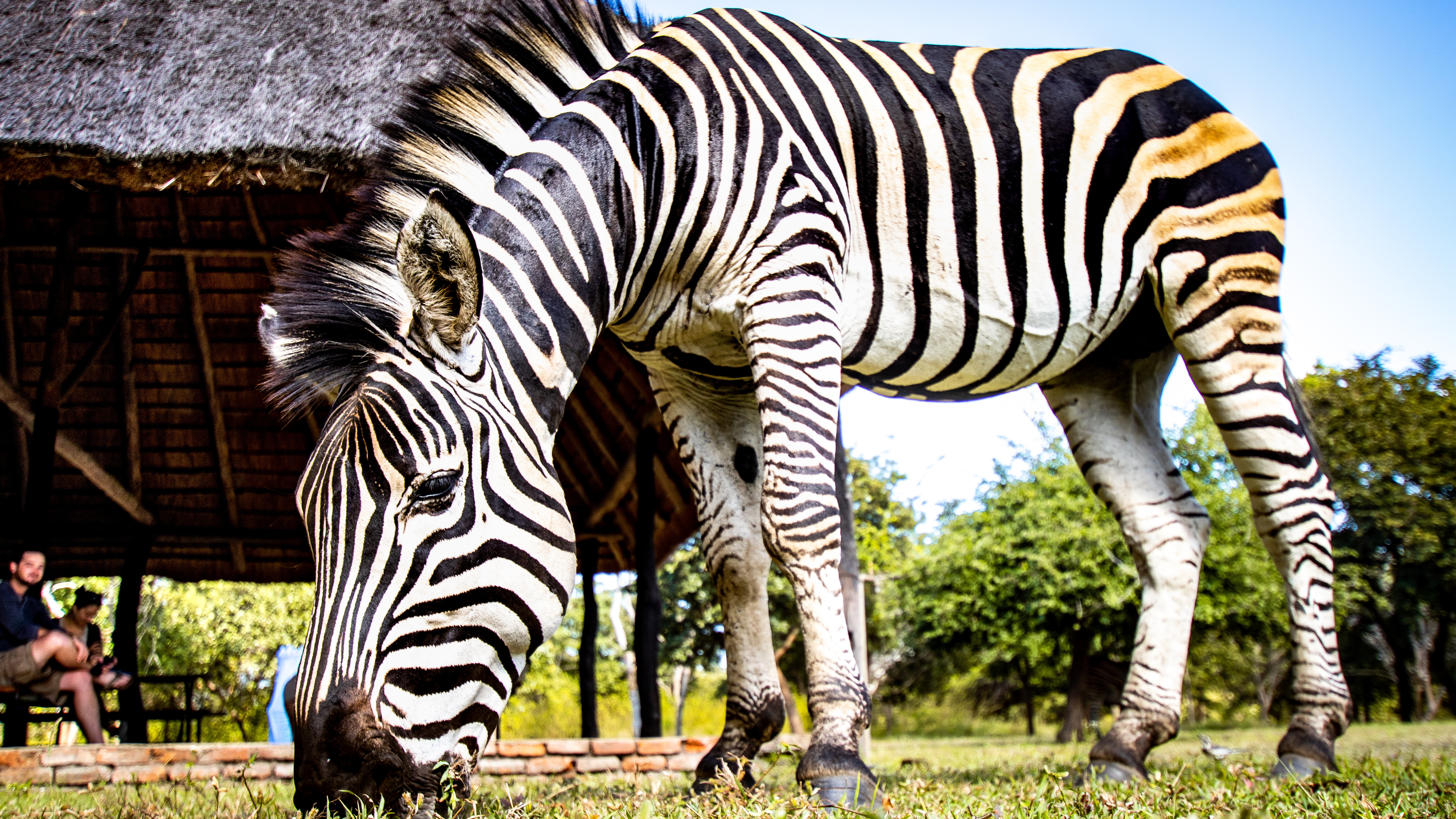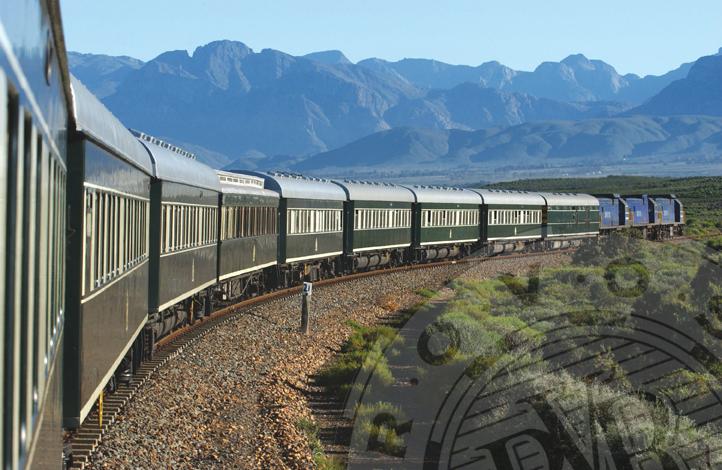Namib Naukluft National Park
The Namib-Naukluft National Park in Namibia covers a large part of the Namib Desert and the Naukluft Mountains and with its surface of almost 50,000 square kilometers it is the largest game reserve in Africa.
In this National Park you will find the characteristic red-colored sand dunes that are the highest dunes in the world at altitudes of more than 300 meters above the desert surface. The altitude is reached by the wind from the Atlantic Ocean. This wind also provides the water supply in the area by spreading fog over the desert in the morning. The amount of water that reaches the ground through this fog is more than the amount of rain that falls on an annual basis. In the months of February to April, there is about 106 mm of precipitation. Despite this enormous drought there are animals that can survive in this area such as snakes, gemsboks, jackals, meerkats, geckos and various insects.
The most famous area in the park is the Sossusvlei in the heart of the Namib which is an important tourist attraction in Namibia and where special photos can be made. Surrounded by red sand dunes, this valley with clay and salt soils is supplied with water when the Tsauchab River is flooded. This happens very rarely, but since the soil can hold the water well, acacia trees can grow. Very special to see green trees grow in the middle of the desert. Perhaps even more special is the so-called Dodevlei where dead acacia trees stand out beautifully against the white salt bottom and the red sand dunes. When the course of the Tsauchab changed due to flooding, this place was no longer supplied with water and as a result the trees died. This place has already been used in various film recordings.
The most famous dune in the area is probably Dune 45, so named because it is located 45 kilometers from Sesriem on the road to Sossusvlei. This dune is about 80 meters high, is close to the road and is not terribly steep, making it suitable for climbing to admire the sunset, for example.
To get to Sossusvlei, Dodevlei and the so-called ‘Hiddenvlei’ (least visited of the three) you must use the entrance to the National Park at Sesriem. From there it is about 60 kilometers to the ‘4×2 parking’ at Sossusvlei. If you do not have a 4×4 vehicle, you will have to cover the last kilometer on foot from the parking lot or you can use the transfer service. Please note that the entrance gates only open at sunrise and that you always bring enough water because of the high temperatures.
Add to my travel plans


